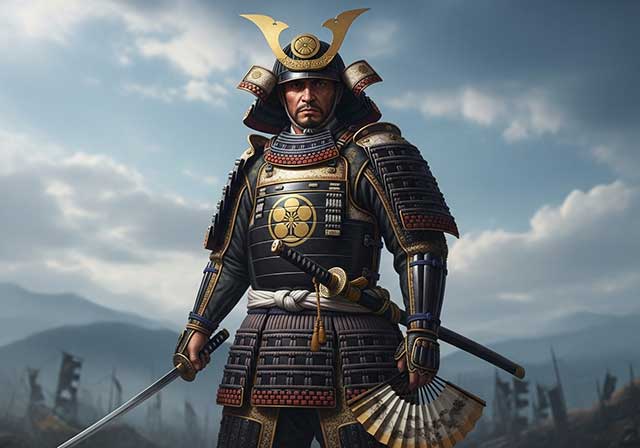
Yasukage was born into the family of the samurai Amano Kagetaka and was given the name Matagoro at birth. He later changed his name to Kageyoshi, and then to Yasukage. From an early age, Yasukage served Tokugawa Ieyasu and accompanied him when he was held hostage by Imagawa Yoshimoto. His loyalty and devotion to Ieyasu from a young age laid the foundation for Yasukage's future military and administrative career.
In 1565, he was appointed one of three “special commissioners” (San-bugyo) in the province of Mikawa, along with Honda Shigetugu and Koriki Kiyonaga. This position was a testament to the high level of trust that Ieyasu placed in Yasukage, entrusting him with the management of important administrative and military affairs.
Together with Okubo Tadao, Yasukage took part in the famous night raid against the Takeda clan's troops after the Battle of Mikatagahara in 1573. This battle was one example of his determination and ability to act in difficult conditions that required courage, discipline, and precise execution of orders.
In 1586, Yasukage commanded a detachment of shinobi from Koga and was rewarded for his successful leadership with lands yielding an income of 2,200 kan. His participation in operations requiring stealth and strategic thinking once again confirmed his talent as an experienced commander and reliable vassal of the Tokugawa house.
After Ieyasu moved his headquarters to the Kanto region in 1590, Yasukage was granted a fief in Shimosa Province with an income of 3,000 koku of rice, as well as an important administrative position as matibugyo in Edo, responsible for city management and order.
In 1601, Yasukage became the owner of the Kokokuji domain with an income of 10,000 koku of rice, which made him a full-fledged daimyo. This status was the culmination of his long and loyal service to the Tokugawa clan.
In his later years, Yasukage retired from public life and settled at the Sainenji temple in Odawara, where he led a quiet life devoted to contemplation and spiritual practices. He died there at the age of 77, leaving behind a memory of himself as a loyal servant, a wise administrator, and a man who lived his life in devotion to his lord and duty.
See also
-
Otomo Sorin

Ōtomo Yoshishige came from a noble lineage, being the eldest son of Ōtomo Yoshiaki, the ruler of Funai Province. The roots of the Ōtomo family traced back to Fujiwara Hidesato, the adopted son of Nakahara Chikayoshi. Fujiwara served Minamoto Yoritomo during the Genpei War and took part in battles in Mutsu Province in 1189. In 1193, he was appointed shugo of Buzen and Bungo Provinces, after which he adopted a new surname—Ōtomo.
-
Okudaira Sadamasa

Sadamasa was the son of Okudaira Sadayoshi and took part in several battles under Tokugawa Ieyasu, distinguishing himself in the Battle of Anegawa in 1570, where he took two heads. Around 1572 he was forced to enter the service of the Takeda clan, but after the death of Takeda Shingen in 1573 he returned to Tokugawa, leaving Tsukude Castle together with his men. As a result of this defection, Takeda Katsuyori ordered the execution of Sadamasa’s wife and brother, who were being held as hostages.
-
Okubo Tadatika
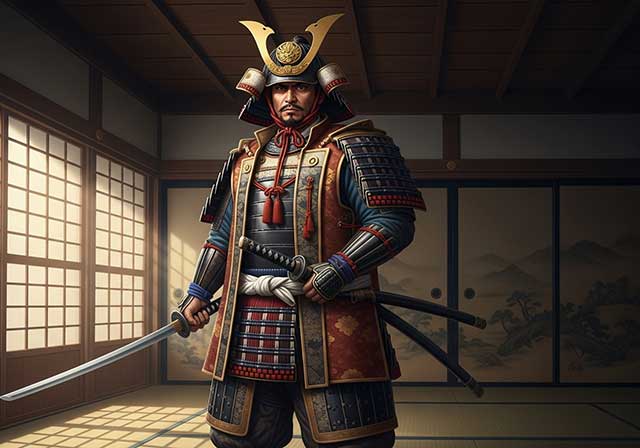
Tadatika, the son of Okubo Tadayō, entered the service of Tokugawa Ieyasu at the age of eleven, and took his first head in battle when he was sixteen. After the establishment of the Tokugawa shogunate, he was appointed as a rōjū — a senior bakufu official — and was regarded as one of Ieyasu’s most trusted advisors, alongside Honda Masanobu. He is also known for his military chronicle Mikawa Monogatari, which describes Ieyasu’s rise to power and the early years of the Tokugawa shogunate.
-
Okubo Nagayasu

Nagayasu was the second son of Okura Nobuyasu, a sarugaku theater actor from the Takeda clan. Takeda Shingen recognized the young man’s potential and took him into service, appointing him as a vassal to his general, Tsuchiya Masatsugu. During this period, Nagayasu changed his family name to Tsuchiya. He was entrusted with developing the Takeda clan’s gold mines as well as handling matters related to taxation.
-
Nitta Yoshisada
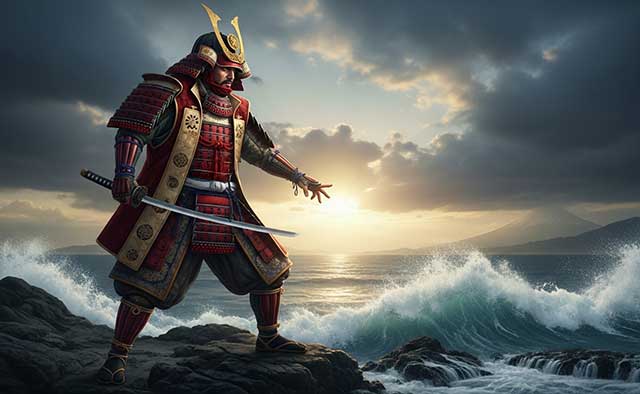
Nitta Yoshisada was a loyal soldier of Emperor Go-Daigo, who in the 1330s attempted to restore direct imperial rule in Japan. The Nitta family was related to the Ashikaga house and was older in lineage. However, they did not join Minamoto Yoritomo at the start of his war with the Taira, as the Ashikaga did, and therefore did not receive high positions in the Kamakura shogunate. This may have been one of the reasons why Yoshisada rose against the Hōjō clan in 1333.
-
Natsume Yoshinobu

Yoshinobu, a long-time vassal of the Matsudaira and Tokugawa clans, governed Hamamatsu Castle on behalf of the Tokugawa house. During the clashes between the Imagawa, Takeda, and Matsudaira clans, he served in the garrison of Nagasawa Castle and in 1562 took part in raids under the command of Itakura Shigezane. When, in 1563, a revolt of the Sōtō-shū sect followers broke out in Mikawa Province, Yoshinobu joined the rebels together with Honda Masanobu and Hachiya Sadatsugu.
-
Nambu Nobunao
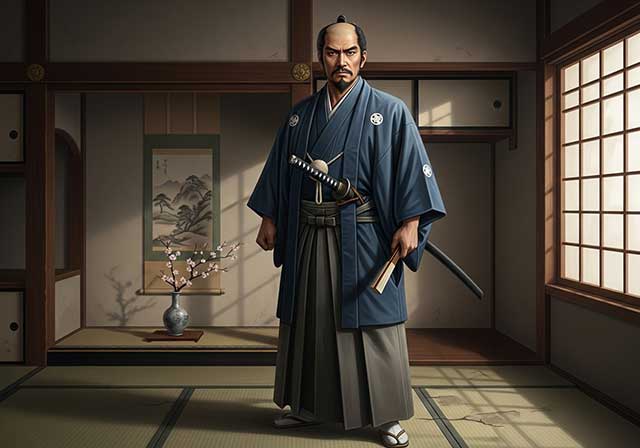
The Nambu clan was an ancient and powerful family that traced its lineage back to the Minamoto shoguns and had controlled a significant part of the Tohoku region in northern Honshu since the 12th century. Nobunao was born in Ikatai Castle, located in what is now the city of Iwate. He was the second son of Ishikawa (Nambu) Takanobu, the 22nd head of the Nambu clan. In 1565, Nobunao’s uncle, Nambu Harumasa, adopted him, brought him to Sannohe Castle, and named him his heir, later giving his daughter in marriage to him.
-
Naito Ienaga
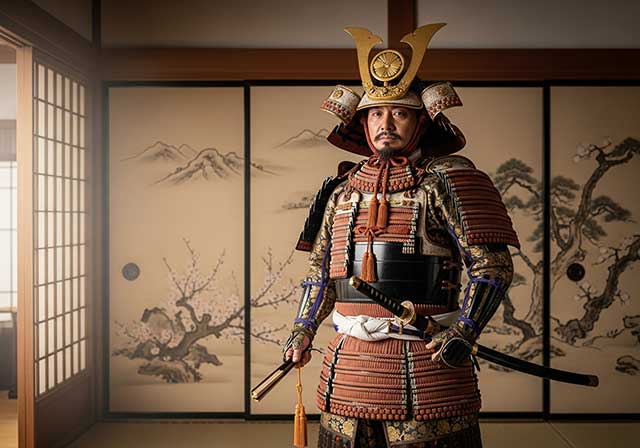
Ienaga was the son of Naitō Kiyonaga and served Tokugawa Ieyasu from an early age. Like his father, he was exceptionally brave, and thanks to his remarkable skill with the bow, he earned the nickname “the unrivaled archer.” Although both the elder and the younger Naitō belonged to the Jōdo Shinshū (“True Pure Land”) sect, during the Ikkō-ikki uprising in Mikawa Province in 1565, Ienaga did not support his fellow believers and instead sided with Tokugawa Ieyasu, earning his special trust. He later took part in the battles of Mikatagahara, Nagashino, and many other engagements while accompanying Ieyasu.

